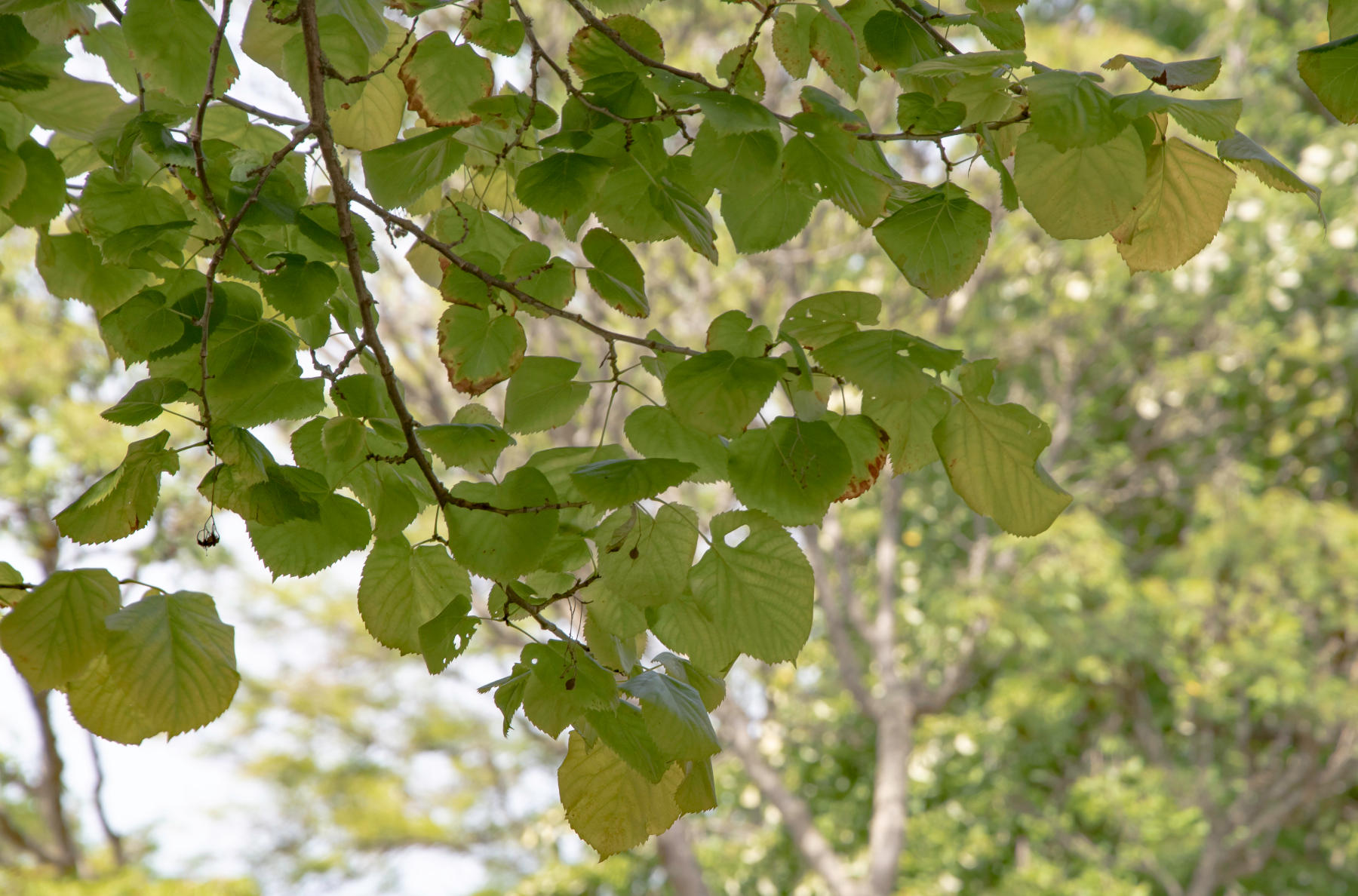
The American Linden is among several shade trees recommended for planting in Salida.
Now that spring is here, the Salida Tree Board would like to encourage the Salida homeowners to consider planting a tree in their front or back yards, to help replace the many trees that we are losing to disease, stress, and old age.
Trees improve air quality, store carbon dioxide, conserve water, and harbor wildlife. They moderate the effects of sun, wind, and rain. And during summer months, the shade that trees provide keeps us cool. Trees also add several thousand dollars to the value of our homes!
Before planting a tree, there are several things to consider. Choose a species that is appropriate for your planting spot, keeping in mind that there is NO perfect tree species. It’s important to have a diversity of species in our urban forest to minimize the likelihood of widespread insect and disease problems, so don’t plant what your neighbors may have growing in their yards. Consider the amount of space available for the tree, and choose a species that will not outgrow its spot. If space allows, however, plant a large species, as these give the greatest environmental return.
Consider the water needs of different species. Trees will not grow and thrive in Salida without supplemental irrigation. Even in a lawn situation, a tree will need extra water for several years while getting established.
In a xeriscape, water will need to be provided on a regular basis over the entire root zone of the tree, which extends from the trunk to the drip-line and beyond. If your yard is xeriscaped, consider planting the tree in a bed with other higher water-needs landscaping. Even a more drought-tolerant species may not succeed if a site is too dry or too windy.
There is a great temptation to choose a tree species that is fast-growing so that its benefits can be enjoyed sooner. But be aware that fast-growing species such as cottonwood are more vulnerable to insect, diseases, and internal decay and usually have shorter life spans. They are also more likely to break with heavy snow loads or in high winds.
There is also the temptation to choose a really big, large caliper tree in order to have an “instant tree”. If well-planted and cared for, a tree will typically require one year of growth per inch trunk caliper (diameter at six inches) to establish, so a one inch tree will require only one year and a three-inch tree will require three years. During the establishment phase, there will be little or no growth in the canopy of the tree. So what was a smaller tree at planting may in just a few years be bigger than the larger tree. It would be less expensive to purchase, too!
Trees are usually purchased balled and burlapped (B&B) or container grown. B&B trees have been dug in the nursery and may have lost as much as 90 percent of their roots in the process. These trees will be under considerable water stress until the roots can be re-established and are best planted in the spring or fall when temperatures are moderate. Trees in containers will retain their root system and may be planted in spring, summer, or fall. However, they are grown in a light, fast-draining soil-less mix that is more likely to dry out and must be watered more frequently during the first year.
A nursery professional can help you choose a tree species and variety that will be best for your site. For a list of recommended tree species and tree planting instructions, go to cityofsalida.com and look under Boards and Commissions for the Salida Tree Board.
Editor’s Note: Following the city website address, leads to a long list of recommended tree varieties for the city of Salida including the American Linden, Norway Maple and Burr Oak.







Recent Comments